The 57th Venice Biennale kicked off last weekend and we were there to catch the opening ceremony and visit the pavilion of the German artist Anne Imhof, winner of the Golden Lion, with her work that reformulated Goethe’s Faust, into a post-millennial industrial political opera. Her work was described by the president of the jury, Manuel Borja-Villel, as “a powerful and disturbing installation that poses urgent questions about our time.” Here are some thoughts on one of the most controversial, breathtaking and poetic performances of this (or any) Biennale.
Appropriation
The Venice Biennale hadn’t even gotten started, but the art crowd was already talking about Anne Imhof and the project on which she had been working for a year. The crowd in front of the German pavilion, sat atop a hill in the giardini, confirmed the excitement and expectations on opening day. Two industrial crash barriers, like those you’d see surrounding stadiums, marked the perimeter of Fascist-era architecture, making it look even more stern and intriguing. On the grate, a sign said: “WARNING. This area is defended by trained watchdogs. Do not approach. Do not enter.”
In fact there were two dobermans guarding the “house” (a reference to Doctor Faustus being chased by a black dog). The same breed chosen by the US Marine Corps as its official war dog during WWII, and known as “devil dogs” because of their pointy ears that resemble horns. Though in this case the dogs showed no signs of killer instinct — their ears were low, their tails curly — hearing them bark immediately set a particular tone. From the heights of the rooftops, beautiful kids surveyed the territory, occupying the pavilion, the institution, the state. To take unauthorised possession of a space is a gesture that returns in many of Anne Imhof works.
Un post condiviso da Ursula Giustina C (@ursulagiustinac) in data: 10 Mag 2017 alle ore 04:33 PDT
Irreverence
During the opening ceremony the German representatives were the first to have a private tour of the pavilion, together with the artist. All the doors were replaced with brutal grey gates that were raised and lowered for access. Watching public officials in elegant get-up entering something that looked more like a squat than an institutional building made the scene interesting and destabilising at the same time. Even the security team was unconventional: the entrances were manned by young women in their twenties, with bomber jackets, berets and running shoes, who held the crowd at bay with rude macho attitude. A detail that should not be underestimated, given the fact that in the past Anne Imhof worked as a bouncer at the Robert Johnson nightclub in Frankfurt. They smoked, chewed gum and shouted at us when the throng pressed too close. At least one Italian journalist simply gave up in the face of such irreverence. The clash of generations got intense. Anne wanted those girls to be there, and they certainly didn’t have to play the part of polite interns already alienated their first day on the job. All of this is an ode to youth, in the most brutal and free sense of the term.
Ode to the Body
Sound technician Charles Poulet roams with them, holding an iPad he uses to (play back) sounds that connect with the performers. He follows them and adapts a series of slow, classical, dramatic or springy, tense and noisy tracks to their movements. Every sound is specially composed (by Billy Bultheel performer and also the composer and sound designer of FAUST) for every type of voice, just as every rhythm blends tightly with each gesture. Three romantic and melancholic songs have been sung by the performers: ‘Queen Song’, ‘Owen Song’ and ‘Medusa Song’ (the latter can be listened to in the video). The songs have been co-written by Billy Bultheel, Eliza Douglas, Franziska Aigner and Anne Imhof. Some of the performers are alone, some in pairs. There is no choreography, no established rules, just a flow of actions that arise based on circumstance.
Un post condiviso da Mattia Ruffolo (@mattruffolo) in data: 10 Mag 2017 alle ore 11:39 PDT
Hedonism and Fetishism
Clothing takes on an important role, and not an abstract one. It is a fetishism linked to a real aesthetic and the subcultures of Berlin, originating in turn from the hardcore scene in London and Manchester towards the end of the 90s. There is also a strong focus on brands and the way they are worn (Anne sported a Balenciaga beret, and the overalls of the performers were worn and grimy). A form of capitalist spectacle more closely tied to sexual fetishism than to assertion of social status. An erotic energy hovered in the air of intimate physical contact and body function.
Un post condiviso da Amsterdam Art | Weekend (@amsterdam.art) in data: 14 Mag 2017 alle ore 01:53 PDT
Viva Anne Viva
The rest of the Biennale is completely different from what is happening in the German Pavilion; the dichotomy is clear and no one has attempted to draw parallels. Christine Macel, the director of this year’s Biennale under the theme “Viva Arte Viva”, in theory proposes an event designed “with artists, by artists and for artists,” without a precise theme. But while this miscellaneous and inclusive approach has extended the range of research, on the other hand it has also drastically reduced its depth. The ambition to somehow speak to everyone, taking for granted that art is a language understood by the general public, reveals just how utopian, abstract and elitist such a point of view can be. Isn’t the idea of art, or of curating, as a process that passes from “theory” to “form” and then becomes “experience” a typically academic dystopia? And doesn’t the idea that the Biennale is a place to promote so many artisanal and workshop-ish projects smack of bourgeois taste? This observation might sound cynical, just as a large part of the art audience during the opening days sounded cynical when they compared this year’s Arsenale and Central Pavilion to a trade fair for textiles. Art in the collective sense of the term doesn’t need unlimited options, but concrete relationships, nuclei that have not be contrived in advance. Not coincidentally, Anne Imhof’s contribution is more intimate because it is based on the possibility of getting connected not with others but with ourselves first and foremost. Her project is the only one that seems to look to the future, by way of youth. Her Faust contains no educational program, just selves, their stories, passions and weaknesses.
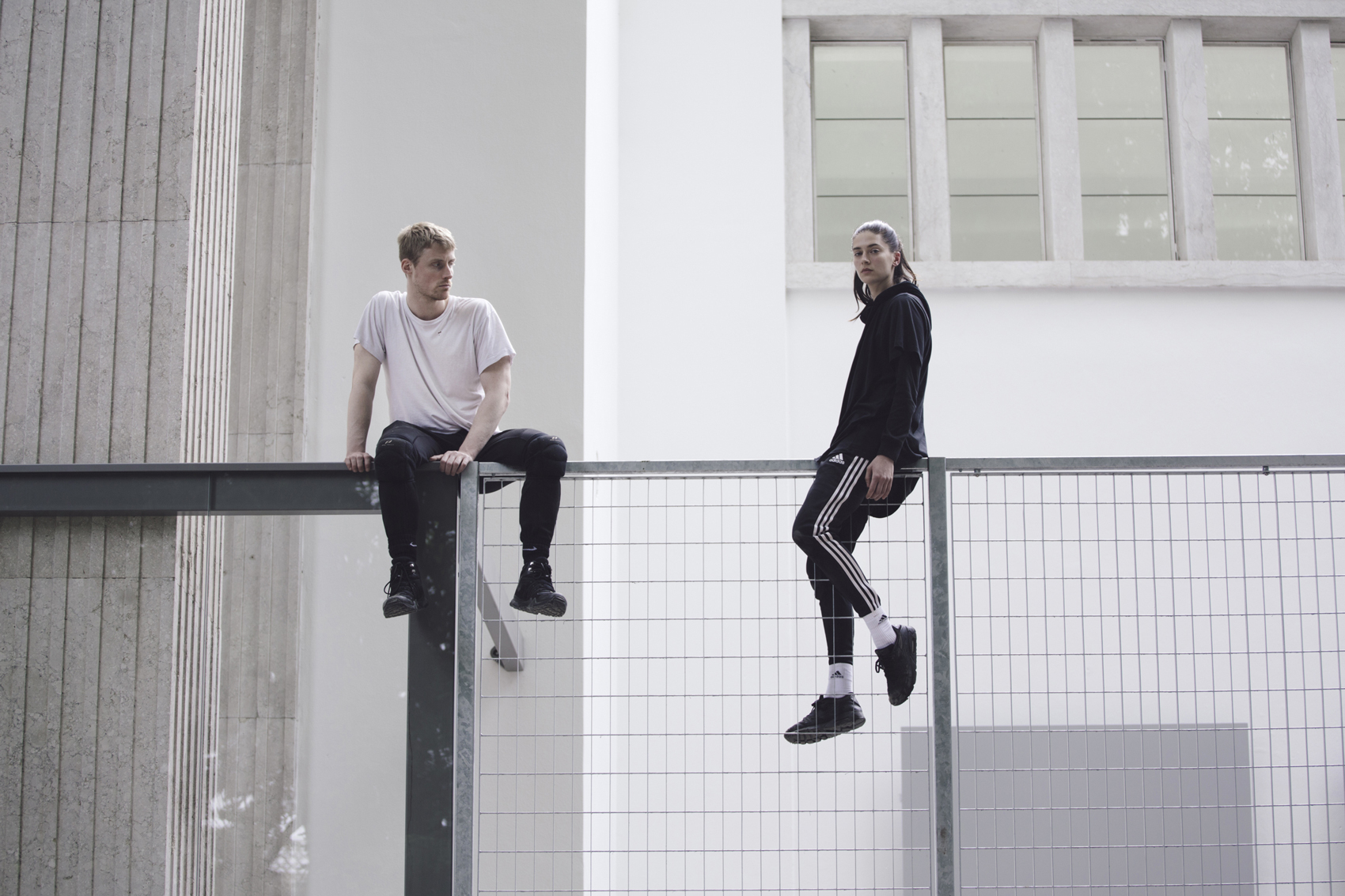

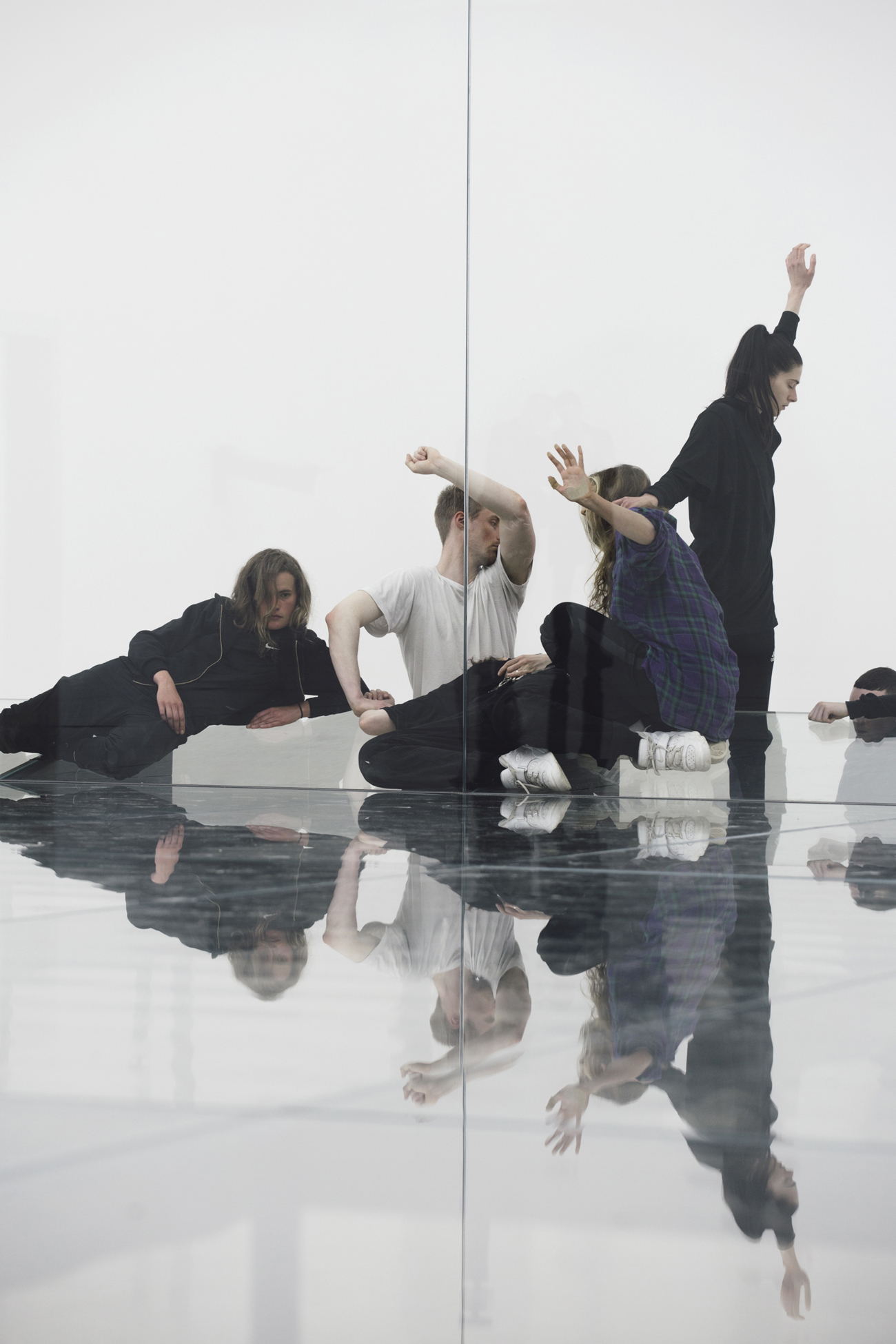
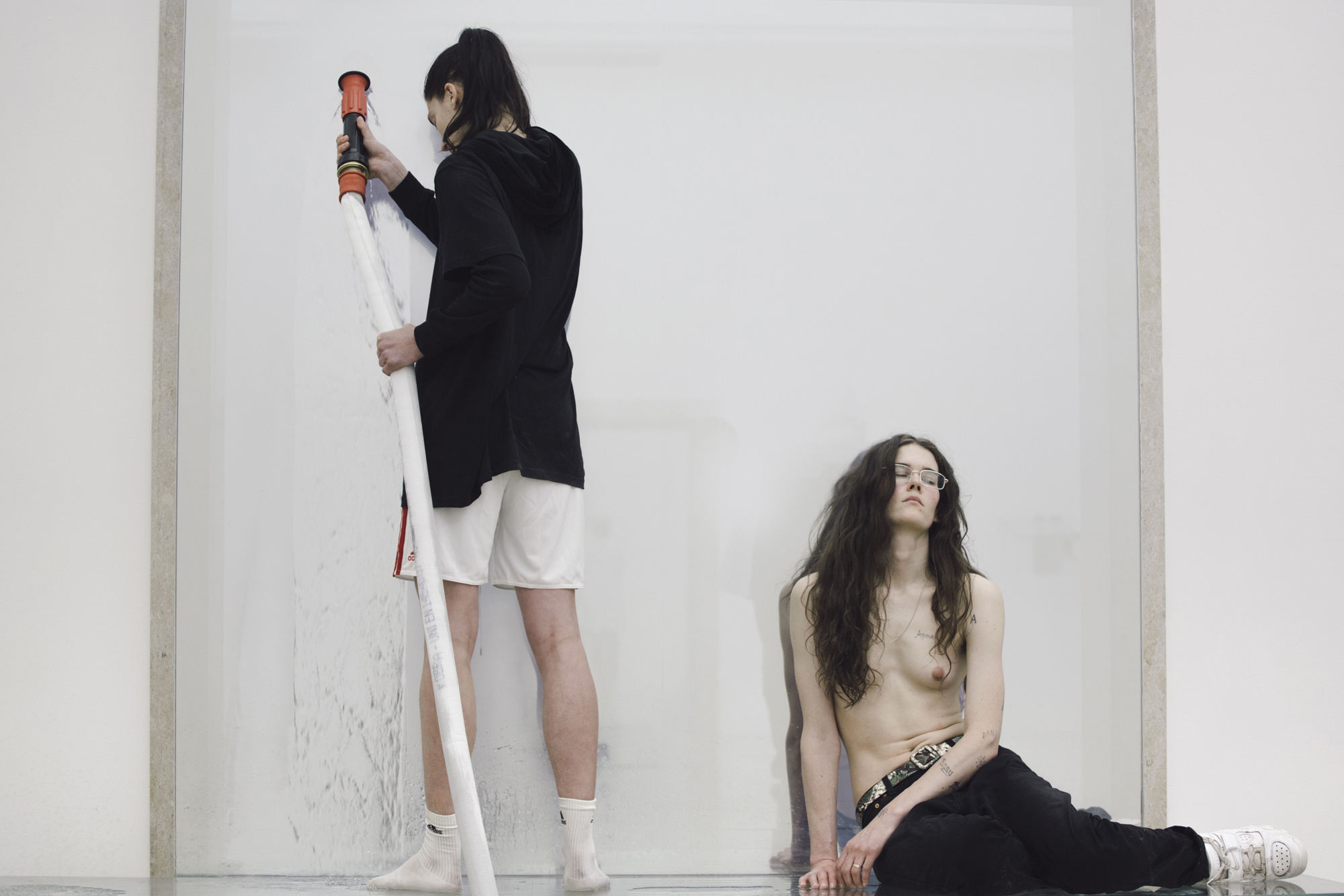

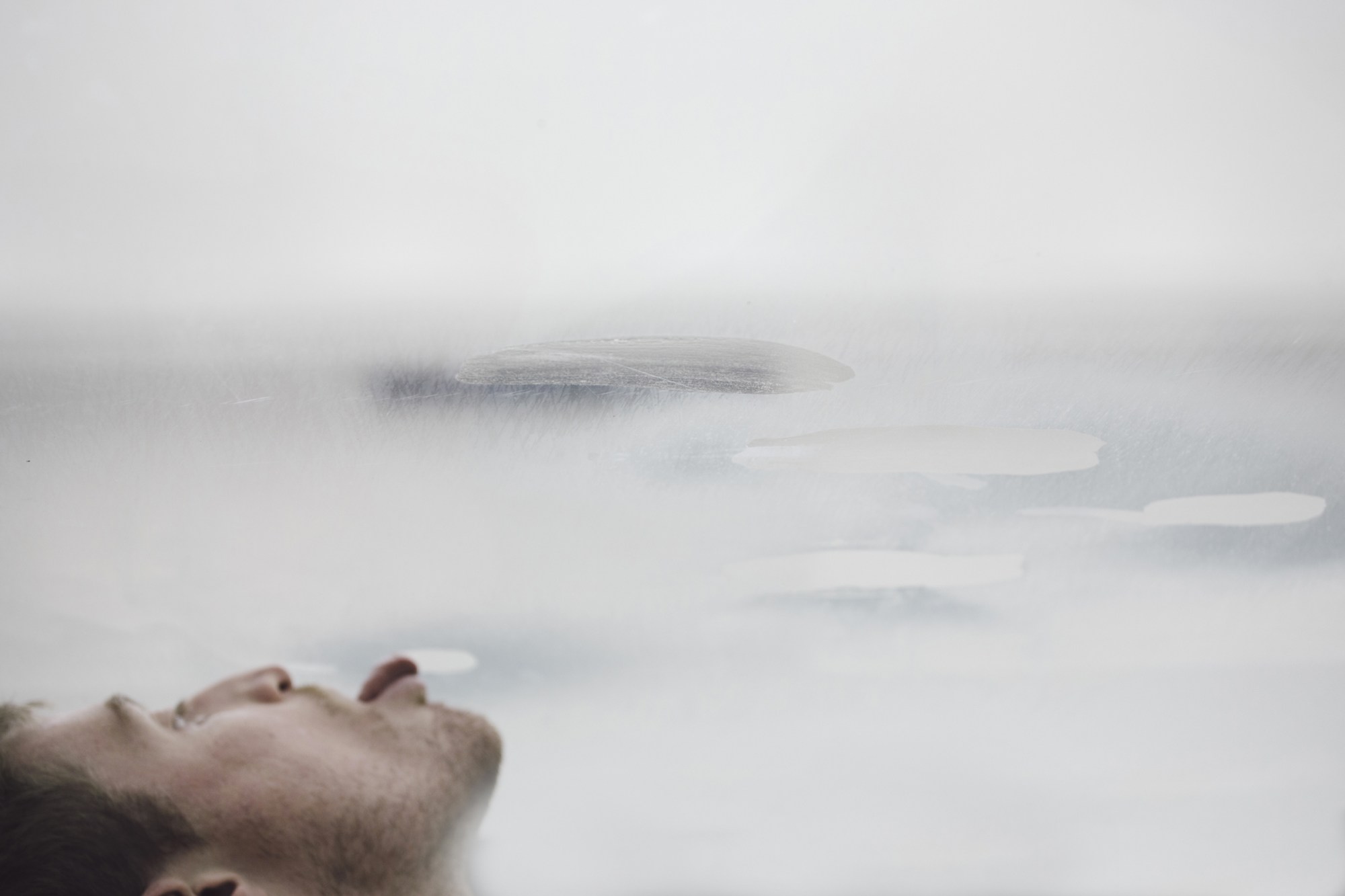
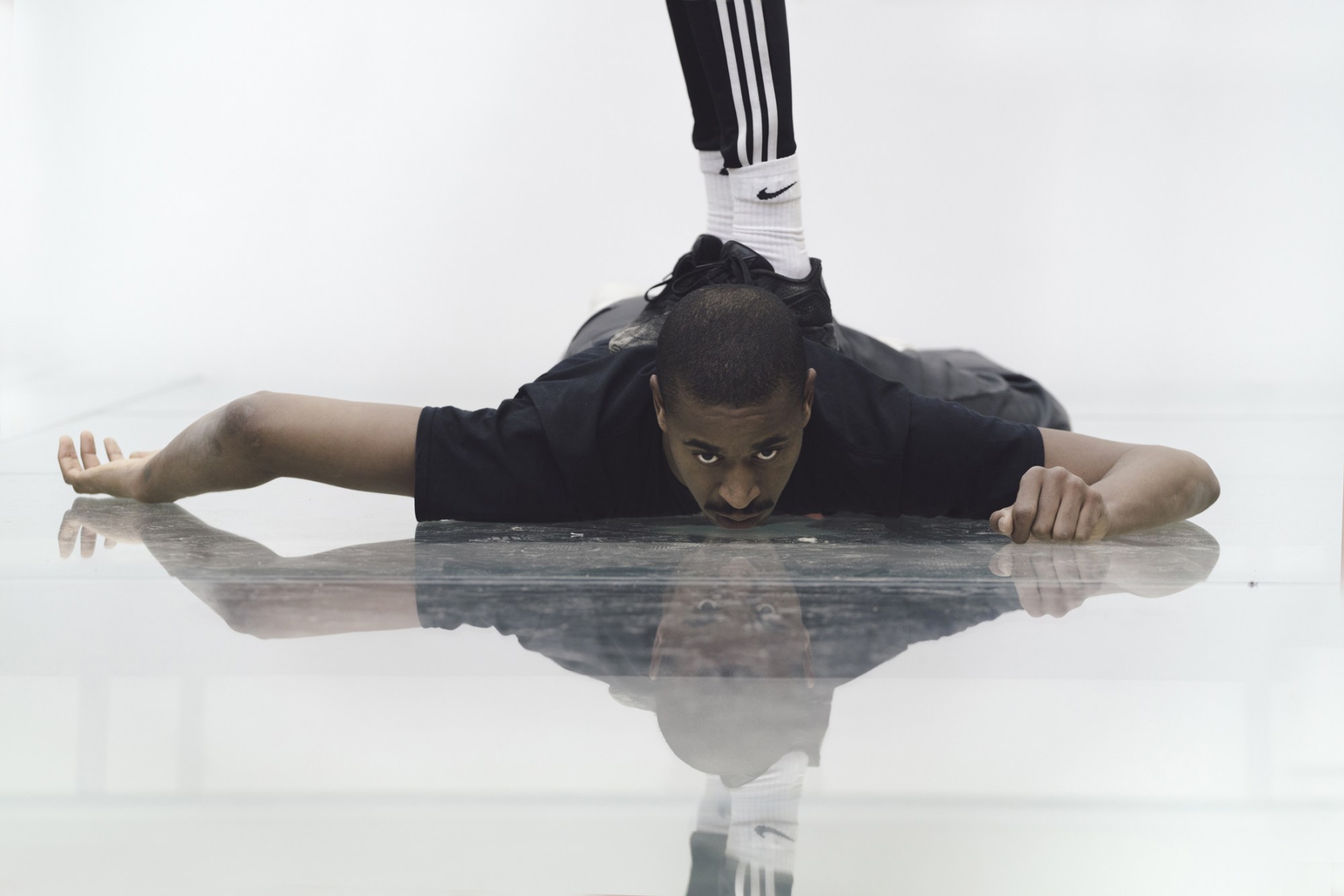

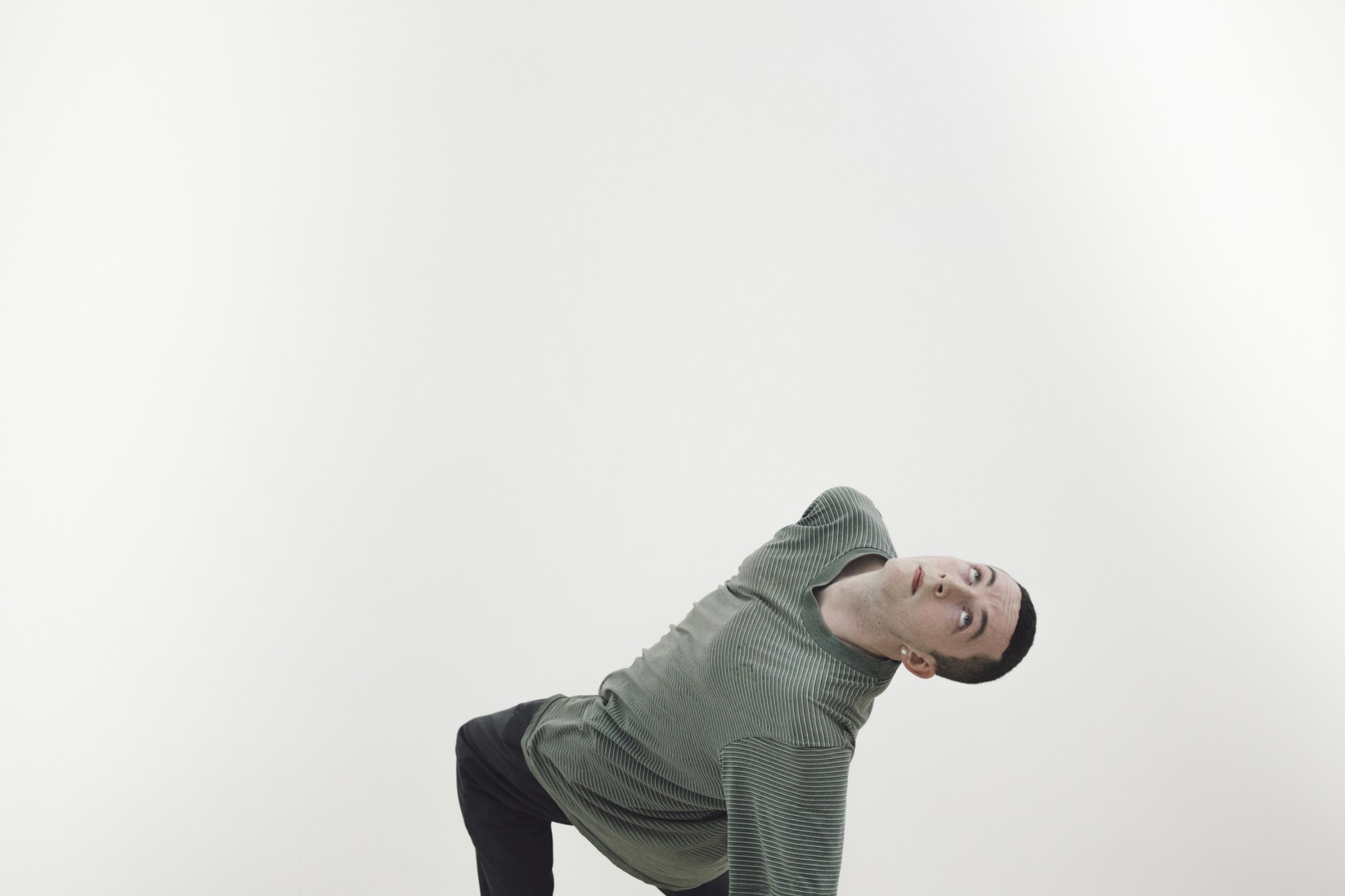
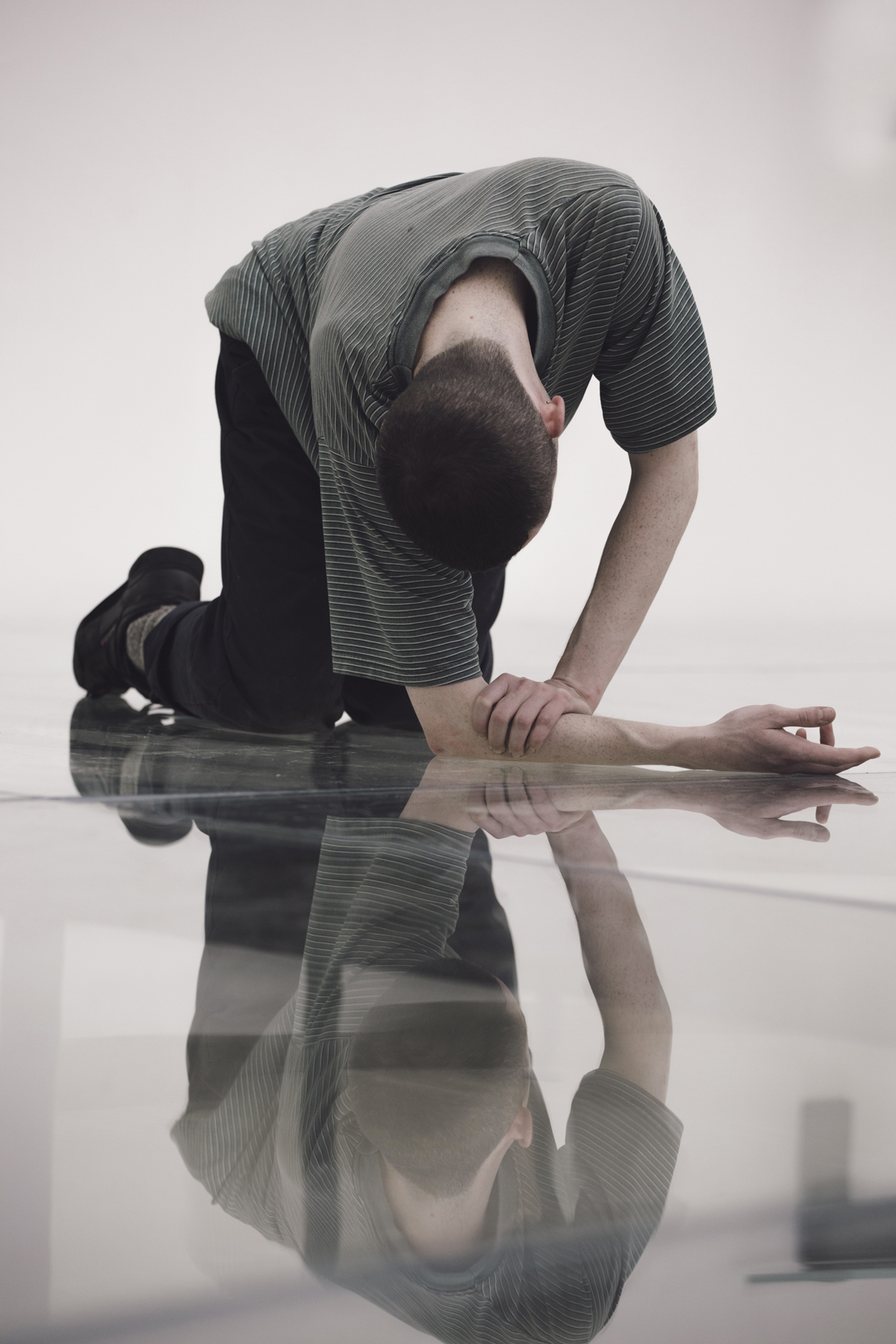
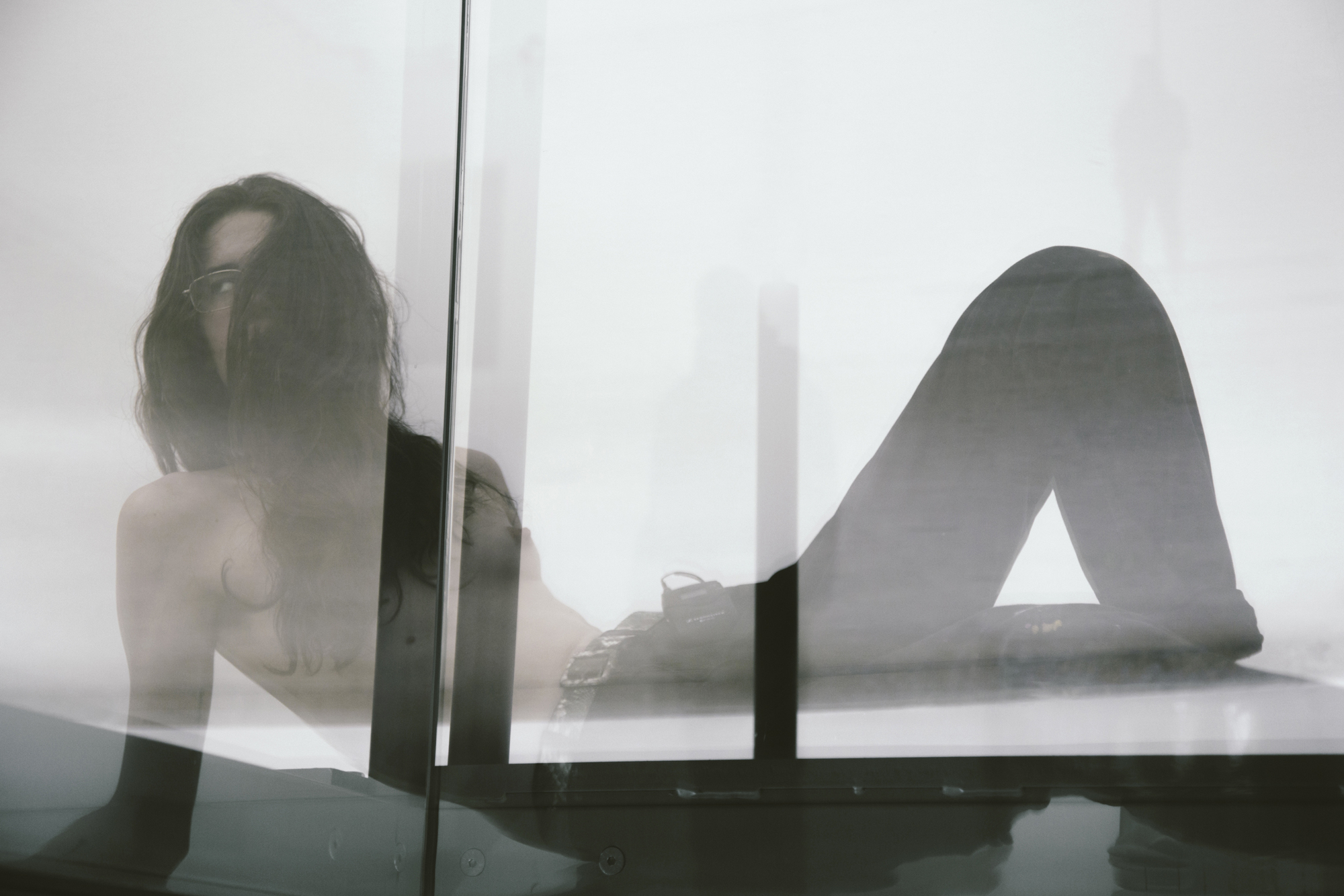
Credits
Text Mattia Ruffolo
Photos Nadine Fraczkowski
Sound designer Billy Bultheel
Courtesy German Pavilion Press Office
